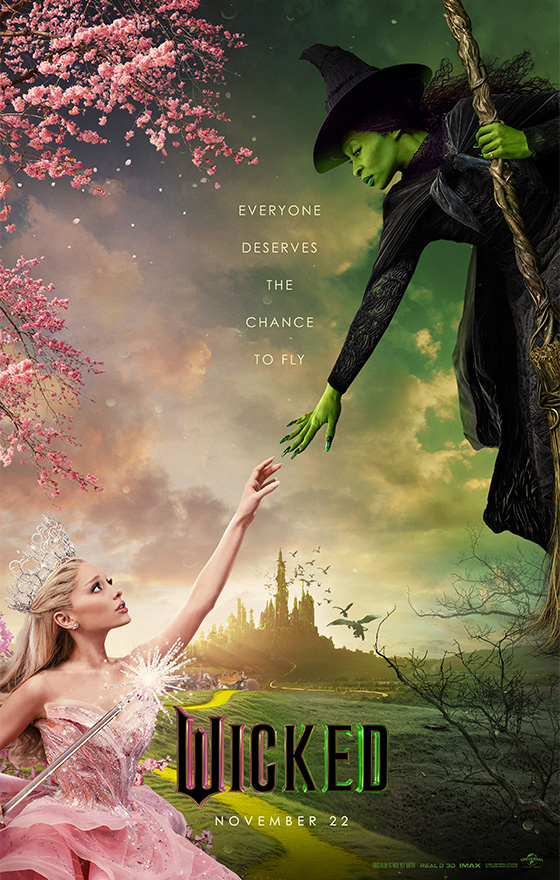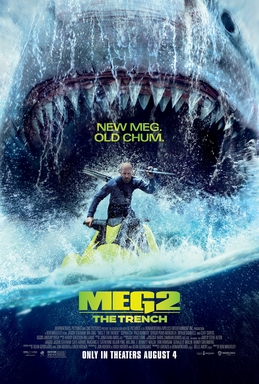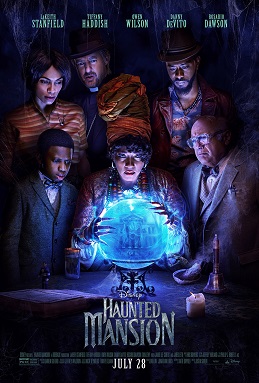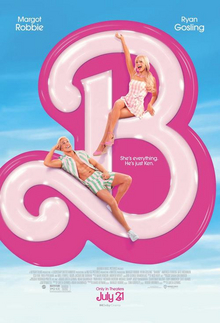Warning: Spoilers for “Five Nights at Freddy’s.”
“Five Nights at Freddy’s” was a long-anticipated movie, and it catered to fan expectations. The movie is an adaptation of the original “Five Nights at Freddy’s” horror video game series, the first of which features the player working as a security guard at a pizza restaurant whose animatronics come to life and try to kill the player.
The “FNAF” movie has a similar premise, following Mike as he begins working as a security guard at the same pizza restaurant and is threatened by the same animatronics.
“FNAF” opens with another security guard, Mike’s predecessor, frantically attempting to escape Foxy, the well-known “FNAF” animatronic who resembles a fox and has a hook replacing one of his hands.
Of course, Foxy murders the security guard, the former serving up a nice jump scare as lights violently flash and he moves toward the guard with superhuman speed.
Placing a jump scare at the start of “FNAF” was a smart idea. Too many jump scares can spoil any horror film, but a carefully curated one at the beginning plus a few that follow retains the thrill.
The jump scare also secures the movie’s scare potential. Many quality horror movies with gentle introductions exist, but they fail to reel in and quickly excite the audience.
Speaking of jump scares, “FNAF” incorporates some excellent ones throughout the movie’s story.
They are not always dramatic jump scares, which is an upside. Horror movies that utilize too many extreme jump scares become boring. Sometimes, all you need is an inanimate object sitting behind a locker door that is flung open too quickly. (Thanks, Balloon Boy.)
The more drastic jump scares strike a perfect balance between sensibility and tension. They incorporate both cliché and unique horror elements. For example, the animatronics are spotted behind different characters as the lights flicker in different scenes.
The main element at play in these jump scares could be considered the cliché behind-the-back tactic, but it is masterfully blended with realistic effects and believability. Cliché is not always bad; there is a reason it is cliché, and it works wonderfully if combined with other movie elements.
The movie is rated PG-13, so there are only a few intensive bloody scenes and many suspenseful scenes. However, the terrifying scenes are professionally executed and pretty extreme for a PG-13 movie. After all, some fans will be hollering about the Bite of ’87 when Abby’s babysitter gets her head violently chomped off.
Advancing to the storyline, “FNAF” has a beautiful backstory. The lore behind the video games is already fascinating, and the movie retains most of it.
Furthermore, “FNAF” does an excellent job of keeping a horror movie status without sacrificing the storyline. Many horror movies employ so much horror they transform into slasher films, which terrify the audience without an apparent narrative.
Slasher movies are great when you are craving suspense without explanation. However, since “FNAF” is derived from a famous franchise with rich lore, I think retaining a storyline was important.
The personalities of most characters in “FNAF” are fascinating and unique. The hardships Mike and Abby endured are frequently mentioned throughout the movie. This helps the audience understand why Mike wants to uncover the secrets behind Freddy Fazbear’s Pizza Place and explains the reasoning behind Abby’s personality and behavior.
Character reactions to events are also realistic throughout “FNAF.” Many horror movies implement cheesy characters with cheesy attitudes; “FNAF,” for the most part, avoids this.
Other positive “FNAF” attributes include foreshadowing, imagery, music and humor.
Many events throughout “FNAF” are foreshadowed, adding to the suspense.
The imagery in “FNAF” is also superior to that of most movies. There are close-ups of incidents as simple as a soda bottle spilling on a table, which reels you into the movie’s details. The movie often zooms into Mike’s worn-out clothes and exhausted face, showcasing his distress and chaotic life.
And you have to believe me when I assure you the music in “FNAF” is amazing. The movie combines well-known theme songs with YouTube remixes and an eerie ambiance. I was violently bobbing my head during the movie’s introduction and conclusion.
Before I move on to some negatives, I want to mention humor. I believe “FNAF” does a fine job of staying serious while also incorporating sufficient humor. For example, Mike’s meeting with a career counselor is amusing due to Mike’s tiredness and the counselor’s quirky quips.
Character reactions to the animatronics are sometimes hilarious, and the ending scene of “FNAF” is an absolute gem.
Numerous beloved YouTubers appear throughout the movie. Their roles are short, but fun and fitting, as the YouTubers themselves helped popularize the “FNAF” video games online.
Overall, the movie blends elements of humor, foreshadowing and realism to concoct a rich story. The story mostly follows the “FNAF” lore fans love and remember. The only negatives in “FNAF” I could spot involved acting and visuals.
Vanessa, played by Elizabeth Lail, retains a relatively fake personality throughout the movie, and her acting seems forced at times. Her father William, the famous antagonist of the “FNAF” franchise played by Matthew Lillard, delivers some cheesy lines at the movie’s end. In my opinion, his acting could have been slightly better.
There are also occasional scenes that utilize a black screen too heavily, leading me to believe the imagery was not fully implemented in these spots.
In addition, the scene in which Mike tases Cupcake seems a bit unrealistic.
Such flaws are minor and only appear a select few times, however. While some scenes could have been optimized and certain characters improved, “FNAF” does not fail to deliver greatness. Every movie has its imperfections, and “FNAF” contained an overwhelmingly larger portion of perfection than imperfection.


















